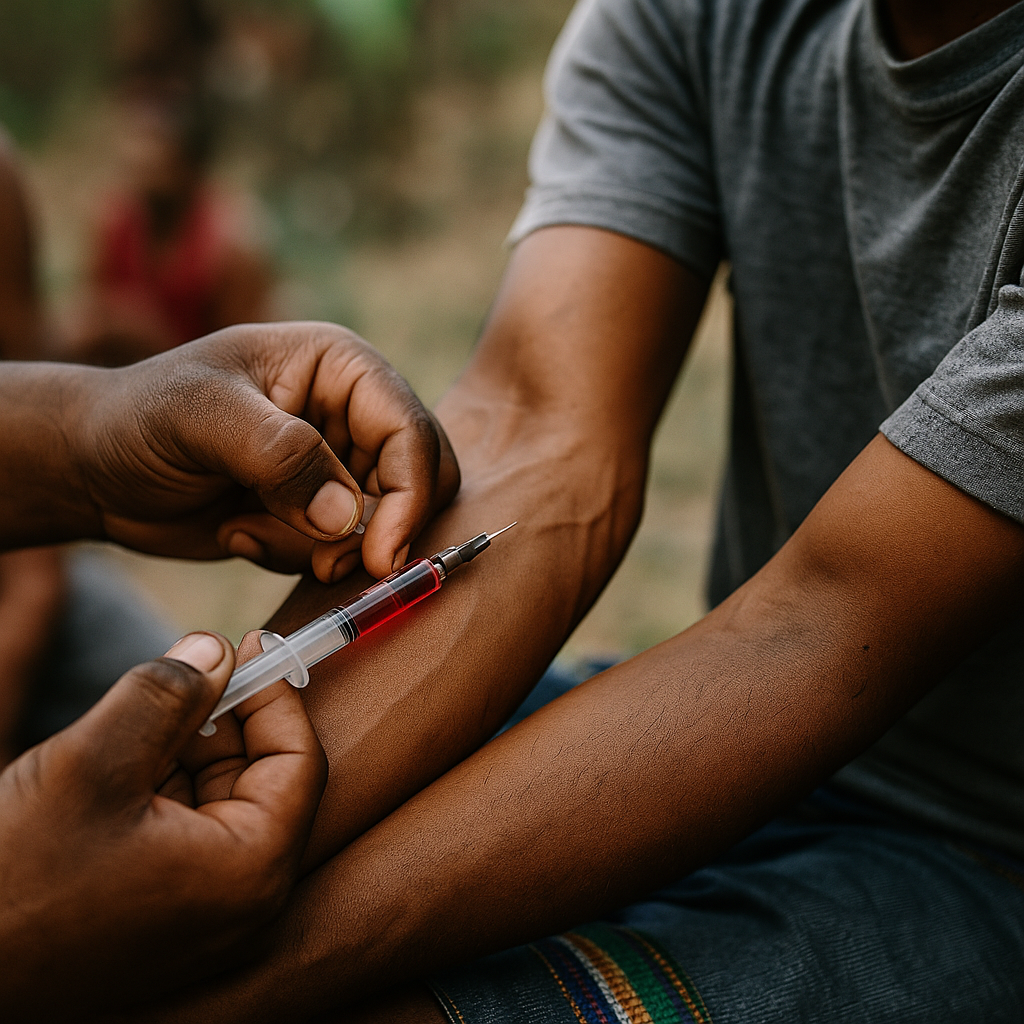
Introduction.
Imagine having a powerful shield that protects you from one of the world’s most persistent viruses—HIV. That’s exactly what PrEP offers. Standing for pre-exposure prophylaxis, PrEP is a groundbreaking medical advancement that helps individuals significantly reduce their risk of contracting HIV. As awareness and accessibility continue to grow, especially in 2025, understanding PrEP and its benefits is more important than ever for both patients and healthcare professionals.
In this guide, we’ll explore what PrEP is, how it works, who should consider it, and the key factors to weigh before starting treatment. If you’re looking to take control of your sexual health or support someone in doing so, this article will provide the knowledge you need.
Table of Contents
- What is PrEP and How Does It Work?
- Who Should Consider Taking PrEP?
- Available PrEP Medications in 2025
- Side Effects, Costs, and Accessibility
- Conclusion and FAQs
What is PrEP and How Does It Work?
PrEP, short for pre-exposure prophylaxis, is a medical regimen that helps prevent the transmission of HIV in HIV-negative individuals. The treatment involves taking a daily pill or receiving periodic injections before potential HIV exposure. When taken consistently, PrEP can reduce the risk of acquiring HIV from sexual activity by up to 99%, according to the CDC.
At the molecular level, PrEP prevents HIV from replicating in the body by targeting the virus at an early stage. The medication is composed of antiretroviral drugs—either tenofovir disoproxil fumarate and emtricitabine (TDF/FTC) or tenofovir alafenamide and emtricitabine (TAF/FTC). These compounds block the enzymes HIV needs to replicate and spread throughout the body.
Because the treatment must be started before exposure, adherence is critical. Even missing a few doses can reduce effectiveness. Fortunately, newer dosing options—like long-acting injectables—are helping improve compliance.
Who Should Consider Taking PrEP?
PrEP isn’t for everyone, but for individuals at higher risk of HIV exposure, it can be life-changing. The CDC and WHO recommend PrEP for:
- People in relationships with HIV-positive partners (especially those not virally suppressed)
- Gay, bisexual, and other men who have sex with men
- Transgender women
- Individuals who have multiple sexual partners without consistent condom use
- Sex workers and those in transactional sex relationships
- People who inject drugs and share needles
Importantly, PrEP should always be prescribed by a healthcare provider who can assess individual risk factors and perform necessary lab work. This includes an HIV test to confirm negative status, kidney function tests, and regular follow-ups.
For those seeking guidance on discussing PrEP with a provider, Healthcare.pro is a reliable platform offering telehealth support and provider matching based on your needs.
Available PrEP Medications in 2025
In 2025, PrEP options have expanded, offering greater flexibility and ease of use:
1. Truvada (TDF/FTC)
The original oral PrEP medication, approved by the FDA in 2012. Still widely used, especially for patients with lower risk of kidney or bone complications.
2. Descovy (TAF/FTC)
Approved for PrEP use in men and transgender women in 2019. It’s easier on the kidneys and bones, but not currently approved for use in cisgender women.
3. Apretude (Cabotegravir Injectable)
A game-changer approved in recent years. Administered every two months, this long-acting injection provides an alternative for those who struggle with daily pill adherence.
Researchers are also exploring vaginal rings, implants, and even monthly oral medications as future PrEP options. The diversity in choices makes it easier for healthcare professionals to tailor treatment to each individual’s needs.
For patient conversations and community insights, the Health.HealingWell.com forums provide a supportive platform where experiences with different PrEP options are often shared.
Side Effects, Costs, and Accessibility
Like any medication, PrEP comes with potential side effects. However, most are mild and temporary. Common side effects include:
- Nausea
- Headache
- Fatigue
- Weight loss
- Kidney function changes (which are monitored regularly)
In rare cases, liver issues or bone density reduction may occur, which is why routine follow-ups are essential. Clinicians should discuss these risks while also highlighting the life-saving potential of consistent use.
Cost and Accessibility
Thanks to generic versions of Truvada and expanded insurance coverage, PrEP is more affordable than ever. In the U.S., most insurance plans and Medicaid programs cover PrEP, including lab tests and follow-up visits. Programs like Ready, Set, PrEP also help uninsured individuals access the medication at no cost.
Globally, access remains a challenge, but initiatives led by PEPFAR and UNAIDS are working to close the gap.
Conclusion
PrEP has transformed the landscape of HIV prevention. In 2025, it represents a vital tool in the global fight against HIV/AIDS. By blocking the virus before it can take hold, PrEP offers people the opportunity to take proactive steps toward their health and well-being.
While no prevention method is perfect, PrEP’s effectiveness is undeniable when used consistently. It’s up to healthcare professionals to ensure patients are educated, supported, and empowered to choose the method that’s right for them. After all, knowledge and access are the real keys to prevention.
FAQs
What does PrEP stand for?
PrEP stands for pre-exposure prophylaxis, a method of preventing HIV before exposure to the virus occurs.
How effective is PrEP?
When taken daily, PrEP reduces the risk of HIV from sex by about 99% and from injection drug use by at least 74%.
Are there any long-acting forms of PrEP available?
Yes, Apretude (cabotegravir) is a long-acting injectable PrEP option administered every two months.
Do I need a prescription for PrEP?
Yes. You must be evaluated by a healthcare provider, who will confirm your HIV-negative status and assess your health history.
Can I stop taking PrEP once I start?
Yes, but always consult with your healthcare provider first to ensure it’s safe to discontinue, and to discuss alternative protection strategies.
Disclaimer
“This content is not medical advice. For any health issues, always consult a healthcare professional. In an emergency, call 911 or your local emergency services.”



